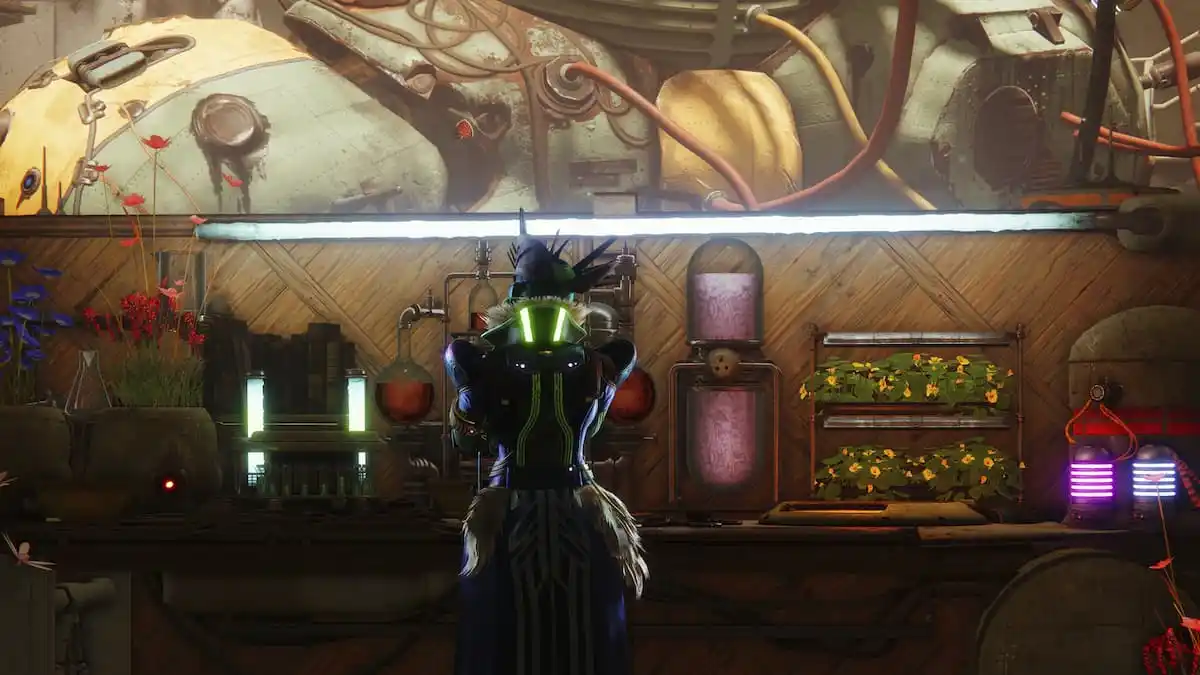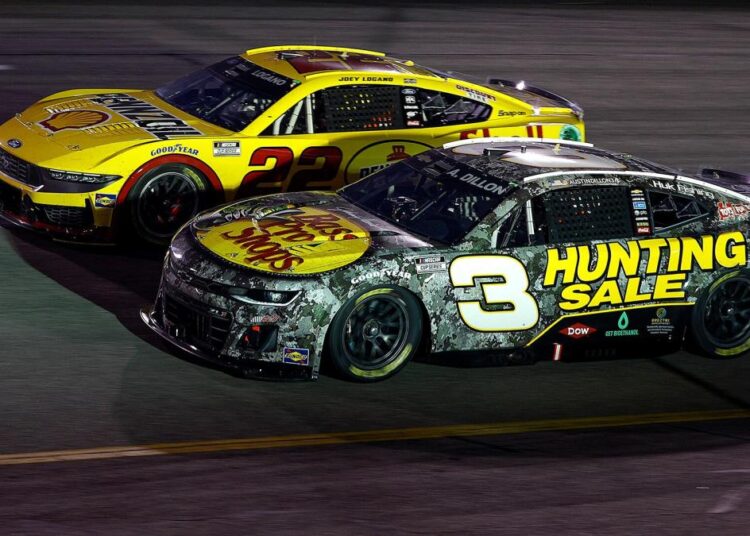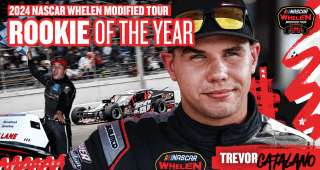NASCAR says Austin Dillon crossed the line in his slam-bang victory at Richmond Raceway.
So what and where is that line?
By NASCAR’s own admission, we still don’t know precisely.
During multiple interviews, first with NASCAR.com and later with other reporters, senior vice president of competition Elton Sawyer demurred when pressed multiple times to explain what specific actions rose to the level of Dillon being excluded from the 2024 playoff field (while being allowed to keep his victory).
NASCAR strips Austin Dillon’s playoff eligibility for Richmond win
Austin Dillon keeps Richmond victory but remains outside a playoff spot with three races left in the regular season.
Was it Dillon punting Joey Logano from the lead and into the wall off the final corner?
Was it Dillon’s subsequent contact with the right rear of Denny Hamlin, hooking the No. 11 Toyota in a move that has resulted in one-race suspensions twice in the past two years?
Was it a review of the throttle, braking and steering data that provide an empirical window into Dillon’s intentions on the final lap?
In noting several times that Dillon “crossed the line,” Sawyer also used “totality” several times for the NASCAR rationale.
“It wasn’t one particular thing,” Sawyer said. “It was the progression all the way through that led us to our decision.”
That would seem to imply that wrecking a leader might be OK but crashing two opponents on the last lap is impermissible.
So if Dillon would have won by knocking Logano aside without making contact with Hamlin, would he still be in the playoffs?
“I’m not getting into the details of that other than we looked at it from the totality of things that happened as (Dillon) entered Turn 3 and made contact with (Logano),” Sawyer said when asked by NBCSports.com’s Dustin Long. “And the contact made with (Hamlin) on the exit.”
NASCAR has its reasons for being opaque.
Just as lawyers refuse to discuss pending litigation, Sawyer declined to give more detail while citing the looming appeals process. Richard Childress Racing is challenging Dillon’s punishment, and NASCAR wants to avoid tipping its hand before making its case to a three-member panel (in a hearing that has yet to be set).
But its justification probably will channel Supreme Court justice Potter Stewart’s famous threshold for determining obscenity: NASCAR officials know rough driving worthy of a penalty when they see it.
The question is whether Cup drivers view it the same way. We already know the answer: No.
The bump and run always is in the eye of the beholder.
Dillon overdrove Turn 3 to come from farther behind than many would (Logano claimed four car lengths; the gap actually was somewhere between two to three). His imprecise execution made the outcome much more inartful than past instances (the gold standard might be Logano on Martin Truex Jr. at Martinsville Speedway in 2018).
But it’s not the first or last time a leader will get drilled on the last lap of a Cup race – and all future contact now will be viewed through the prism of NASCAR’s reaction at Richmond.
It will put past incidents in a new light, too.
Would Logano putting William Byron in the wall at Darlington Raceway with a lap remaining two years ago (Byron estimated Logano drove 10 mph faster into Turn 1; Logano said Byron deserved retribution for forcing him from the lead on an earlier restart) now rise to the level of a penalty?
Would previous finishes in which the No. 3 Chevrolet drove through another car for a victory – such as the Aug. 28, 1999 night race at Bristol Motor Speedway or the 2018 Daytona 500 (when Dillon was allowed to keep playoff eligibility) – be judged differently?
With a few rare exceptions (e.g. Ricky Rudd and Davey Allison at Sonoma in 1991), NASCAR officials have swallowed their whistles in virtually every instance of a leader being moved on the last lap of a Cup race.
In its appeal, RCR undoubtedly will cite many of those examples in questioning why its driver was nailed when others weren’t.
NASCAR’s answer will be simple.
Just don’t cross the line.
Whatever and wherever that is.
Read the full article here

























